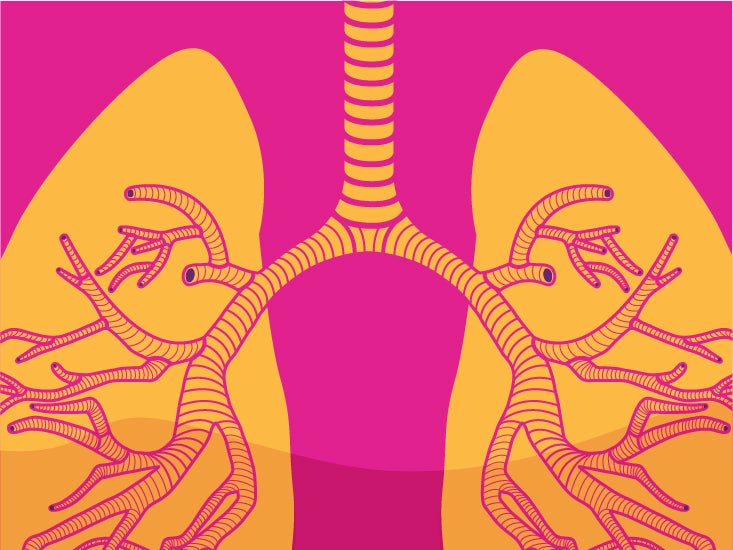

People suffering acute or chronic cases of bronchitis or bacterial pneumonia often cough up thick yellow mucus. Thick yellow phlegm is a sure sign of a bacterial or viral infection. Infections, allergies or asthma can lead to an inflammation of respiratory tract and lead to an accumulation of inflammatory cells or leukocytes in mucus. Drinking plenty of pure water and herbal teas, eating spicy foods and taking hot bath can work as effective home treatments. It can be cured by avoiding dairy products, starchy foods and excessive meat intake. It can also happen because of a post nasal drip due to a sinus infection. This happens when there is a bacterial infection in the lungs or the bronchi, such as Tuberculosis. It can be treated without the use of antibiotics. Clear phlegm indicates the absence of blood in the mucus. The clear mucus is the initial attempt of the body to wash away the invading virus.

Coughing Up Clear PhlegmĪ common cold caused by a general viral infection can lead to allergic irritation of your respiratory organs and make you cough up clear phlegm.

Smoking, infection, air pollution or presence of blood gives a rusty or brown color to the phlegm. The color of the phlegm depends on the disease causing it. Clear white phlegm indicates the absence of pus. A person starts coughing up white phlegm during minor ailments. It triggers cough which expels the mucus. The mucus irritates the air passage and creates discomfort in the sufferer. When the body suffers from an infection or disorder, it causes an accumulation of phlegm in the throat. In medical terms, phlegm is known as sputum or expectorated matter, meaning coughed out substance. It is produced in the mucous layer of the trachea (windpipe). It is a watery substance, often viscous, that varies in color and quantity depending on the sickness you are suffering from. It actually means the mucus that gets accumulated in your throat and needs to be coughed out. The term ‘Phlegm’ comes from the Greek word ‘phlegma’ meaning inflammation.


 0 kommentar(er)
0 kommentar(er)
